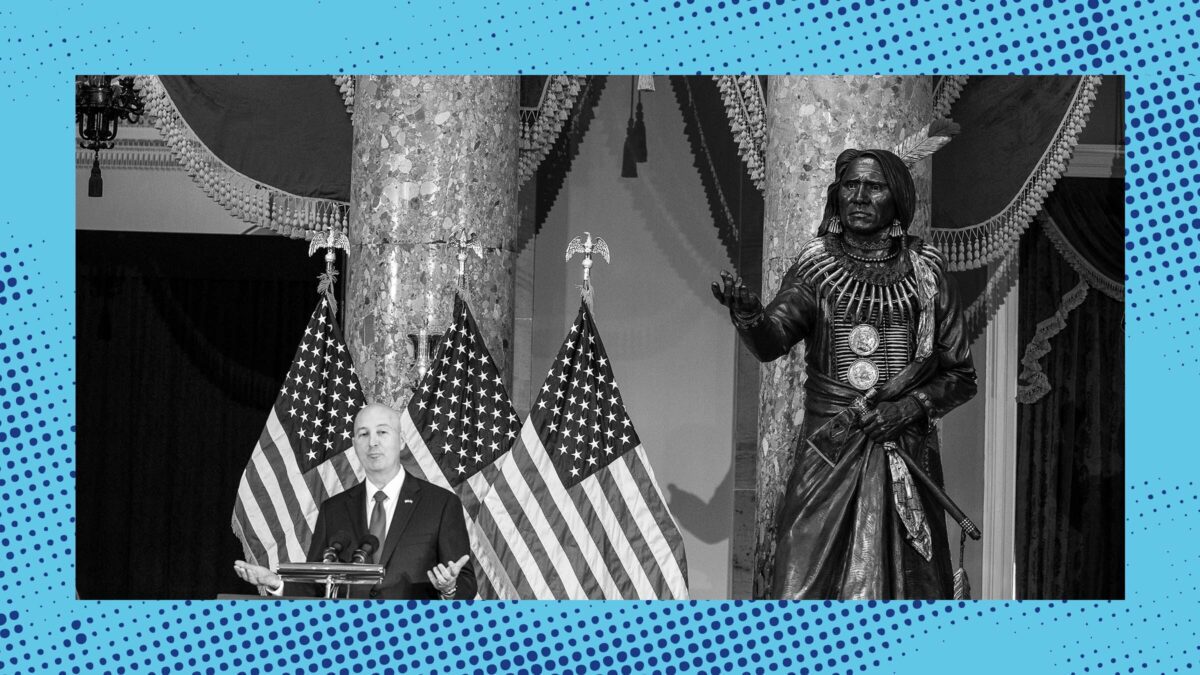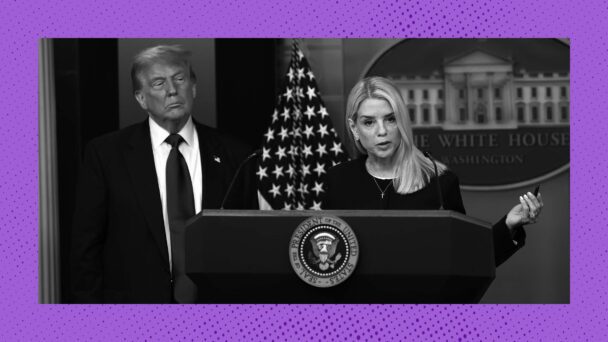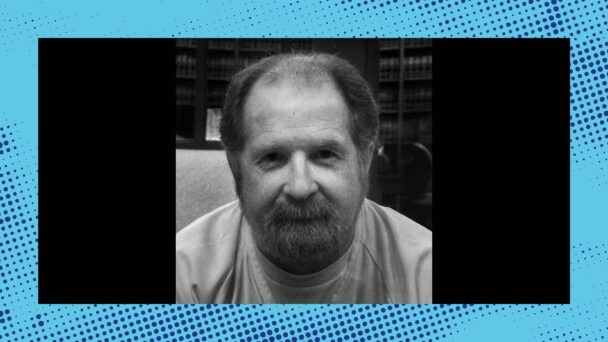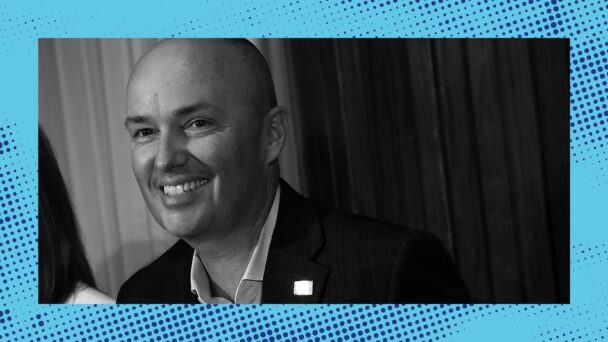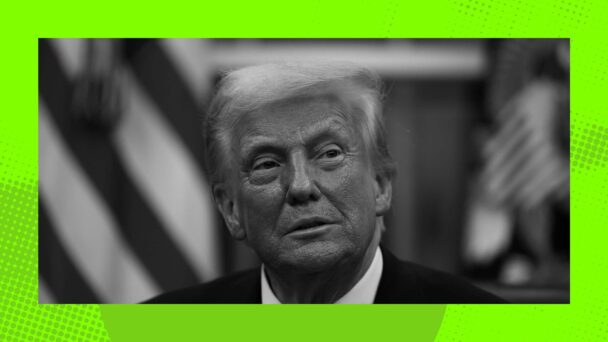In order to fulfill his campaign promise of mass deportations, President Donald Trump has spent several months attempting to evade his legal obligations to provide due process to noncitizens subject to removal from the United States. This includes attempts to deny the right to seek a writ of habeas corpus—to challenge one’s detention and imprisonment, and to be heard in court. In some cases, his administration has provided people with as little as six hours to find a lawyer before their planes were scheduled to take off.
The reason the administration wants to deny habeas rights is simple: Without them, there is nothing to stop the government forcibly removing you from your home without a trial or any evidence. But noncitizens, too, are entitled to due process. And the story of a high-profile trial of a Native chief nearly 150 years ago reveals just how long marginalized people have been fighting for this basic constitutional right—and how hard the government has fought to deny it to them.
In 1877, the U.S. government forcibly removed the Ponca people from their territory in a forced march so brutal that the journey and terrible conditions in their new reservation killed roughly a third of the tribe, including the daughter and eldest son of Chief Standing Bear. After their arrival, Standing Bear thus left the tribe’s new reservation to return home to bury his son in Ponca people’s ancestral burial ground, in what is now Nebraska. The U.S. military quickly arrested Standing Bear for leaving the reservation without permission, but even the general who was ordered to detain him realized how evil this was. “I’ve been forced many times by orders from Washington to do most inhuman things in dealing with the Indians,” said General George Crook, according to a journalist for the Omaha Daily Herald. “But now I’m ordered to do a more cruel thing than ever before.”
That journalist, Thomas H. Tibbles, had narrowly escaped being hanged by Confederates in his youth, and survived to become a passionate abolitionist and activist for the rights of Native people. After learning of Standing Bear’s arrest, Tibbles devoted himself to sending a flurry of telegrams to government officials, and found lawyers to represent Standing Bear in court to petition for a writ of habeas corpus.
When Standing Bear was arrested, the United States had not fully extended citizenship to Native Americans. (This would happen much later, in 1924.) However, the Constitution does not limit the availability of habeas corpus to citizens. Therefore, the case would turn on the more basic question of whether Standing Bear was a “person” in the eyes of the law. For over nine hours, Standing Bear’s lawyers argued his case, challenging the forcible removals of Native people to reservations and arguing for the legal equality of the Ponca under the newly drafted Fourteenth Amendment.
Finally, as the proceedings drew to a close, Standing Bear was allowed to speak on his own behalf. He stood and extended his hand to the courtroom gallery. “That hand is not the color of yours, but if I pierce it, I shall feel pain. If you pierce your hands, you also feel pain,” he said. “The blood that will flow from mine will be of the same color as yours. I am a man. The same God made us both.”
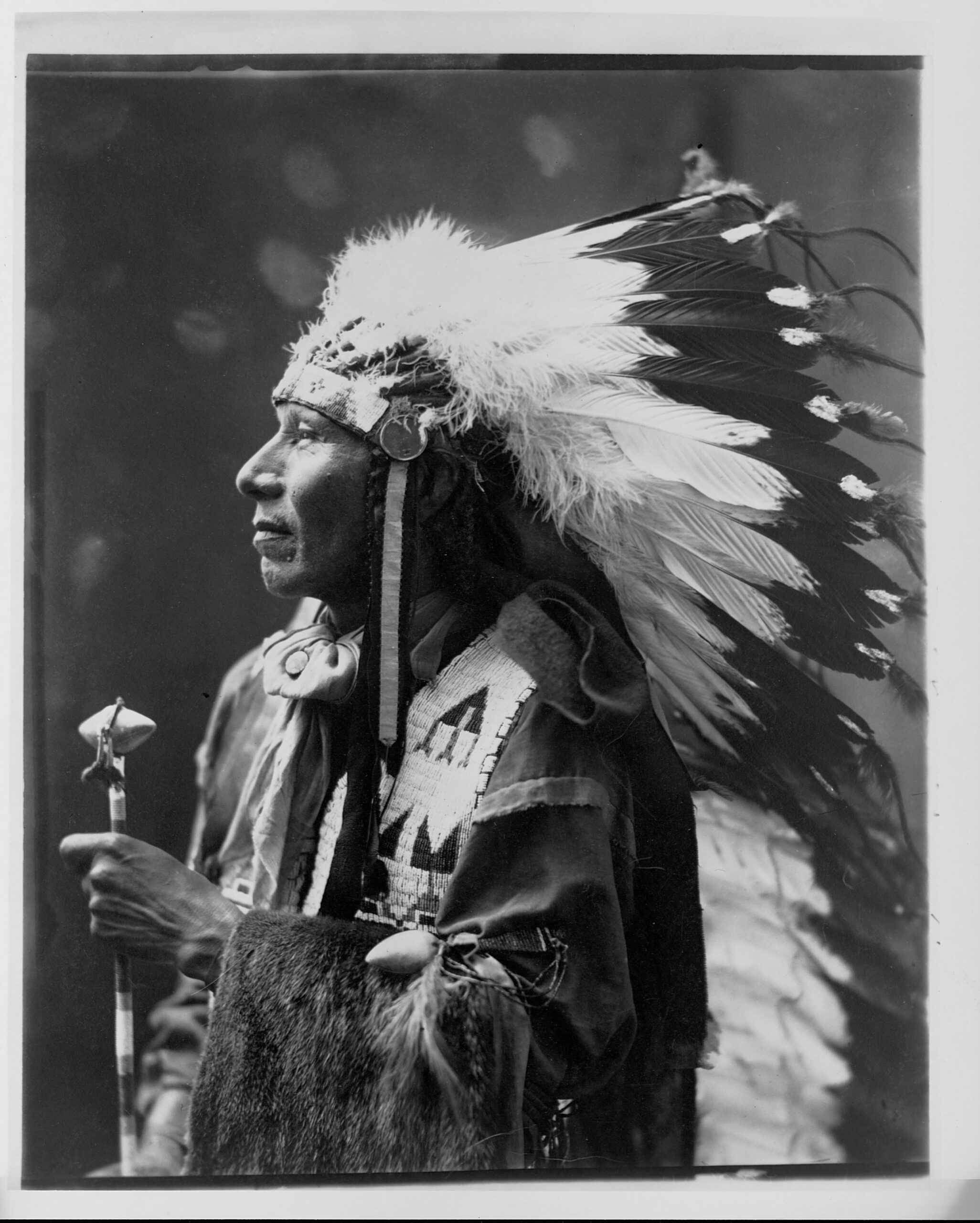
Then, in a parallel to modern family separations, Standing Bear described a vision of being separated from his wife and daughter. “I seem to be standing on a high bank of a great river, with my wife and little girl at my side,” he told spectators in the courtroom. “I cannot cross the river, and impassable cliffs arise behind me. I hear the noise of great waters; I look, and see a flood coming. The waters rise to our feet, and then to our knees. My little girl stretches her hands toward me and says, ‘Save me.’”
“In despair I look toward the cliffs behind me, and I seem to see a dim trail that may lead to a way of life,” Standing Bear continued. “But no Indian ever passed over that trail. It looks to be impassable. I make the attempt. I take my child by the hand, and my wife follows after me. Our hands and our feet are torn by the sharp rocks, and our trail is marked by our blood. At last I see a rift in the rocks. A little way beyond there are green prairies…I see the light of the world and of liberty just ahead.”
Standing Bear paused. “But in the center of the path there stands a man. Behind him I see soldiers in number like the leaves of the trees. If that man gives me permission, I may pass on to life and liberty. If he refuses, I must go back and sink beneath the flood.” Standing Bear then looked directly at the judge, Elmer Dundy, and said, “You are that man.”
Moved by Standing Bear’s speech, Dundy found that in Standing Bear v. Crook that “an Indian is a person within the meaning of the law.” Standing Bear was released, free to bury his son in peace. In 2019, a statue honoring Standing Bear was unveiled at the U.S. Capitol, which depicts him holding out his hand at his trial as he did more than a century earlier.
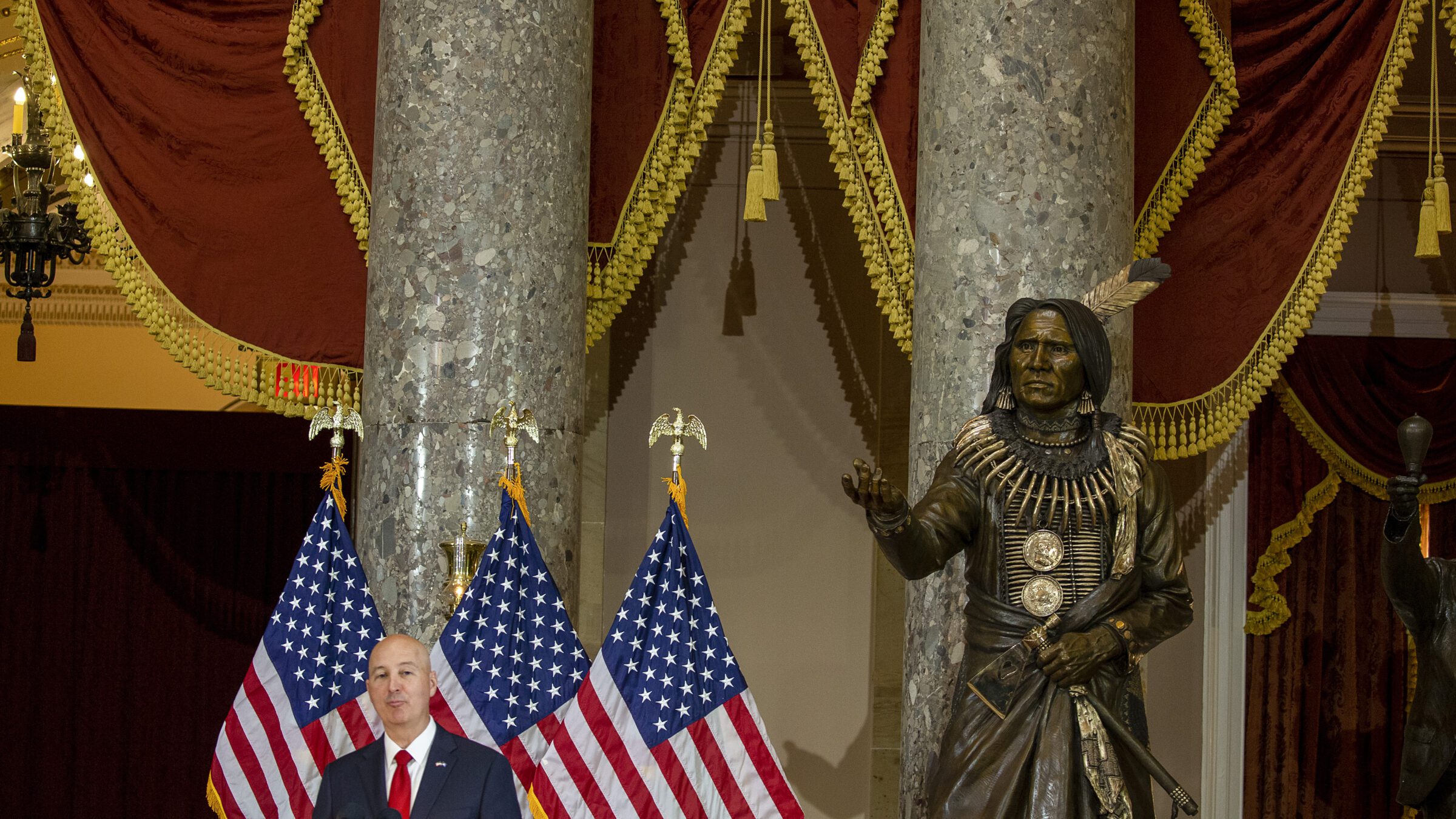
(Photo by Tasos Katopodis/Getty Images)
Today, Standing Bear v. Crook is still cited in modern legal scholarship for the general proposition that noncitizens are entitled to habeas corpus, alongside Rasul v. Bush and Boumediene v. Bush, Supreme Court cases supporting the habeas rights of prisoners at Guantanamo. But the precise scope of this right is still a subject of litigation. Although the War on Terror began long after the U.S. military’s forced removal of the Ponca, the government’s arguments in Standing Bear were eerily similar: It essentially treated the Ponca as enemy combatants, despite the fact that Congress had not declared war against them. Dundy wrestled with this problem in his opinion: “I have searched in vain for the semblance of any authority justifying the commissioner in attempting to remove by force any Indians,” he wrote. “It is not claimed that the Ponca tribe of Indians are at war with the United States, so that this war power might be used against them.”
Now, although lower courts have ordered the Trump administration to give noncitizens the right to contest their removals, the White House has repeatedly dragged its feet. The legacy of Standing Bear’s speech helps illustrate why: Appearing in court and speaking on one’s own behalf forces the legal system to acknowledge a defendant’s humanity, making it that much harder to summarily label someone a gangster or a terrorist.
Trump has vowed to deport over ten million people, and already detained or deported tens of thousands. Habeas corpus rights interfere with the administration’s push to vilify undocumented people by highlighting their names and stories, many of whom—like Standing Bear—have been separated from their families or forced to flee unlivable circumstances through no fault of their own. Although originalist judges all too often pick and choose whose “history and tradition” to elevate, Standing Bear v. Crook shows that it is deeply rooted in our nation’s history and traditions that all people are entitled to due process—even those people whom Trump seeks to silence.
